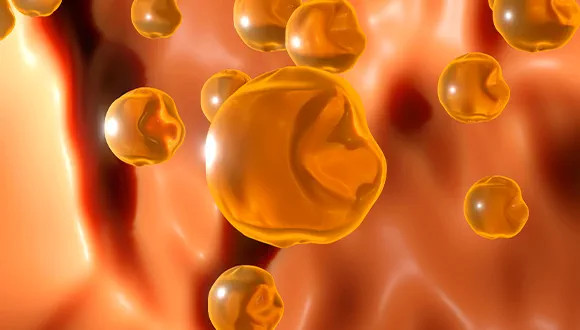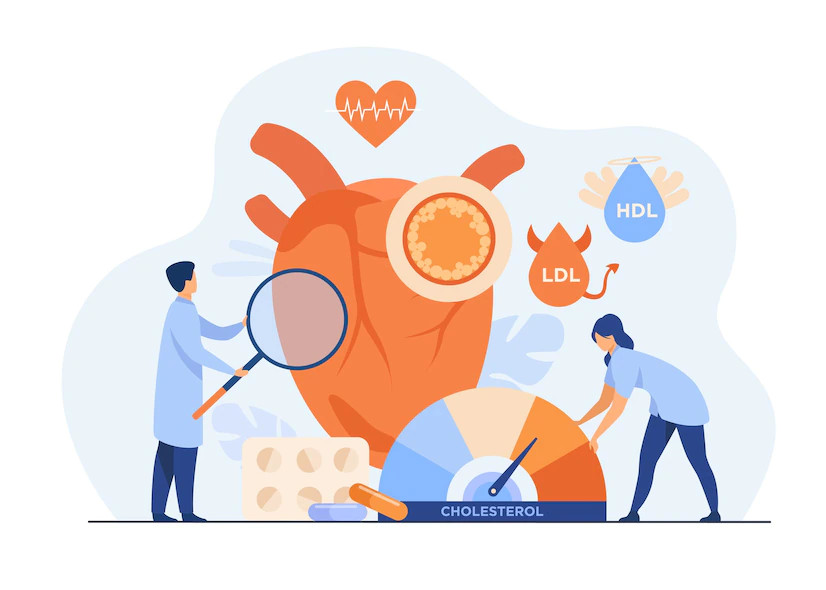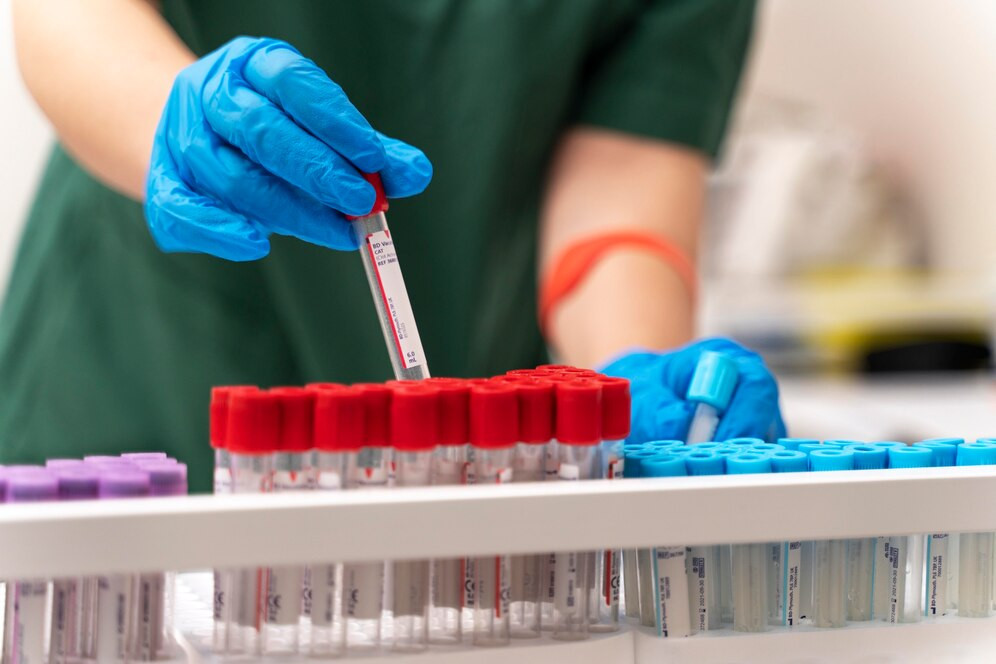Definition
Apo A-I test is a test that detects the concentration of apo A-I in the serum. Apo A-I or apolipoprotein A-I is a protein that has distinct roles in the transportation and metabolism of lipids.
It is the primary protein component of high-density lipoprotein (HDL), also known as "good cholesterol". Apo A-I comprises roughly 70% of the protein content found in HDL. HDL transports extra cholesterol to the liver, where it is recycled or disposed of.
In circulation, lipids cannot dissolve on their own. Lipoprotein particles, which are capable of transporting lipids throughout the circulation, are formed when apolipoproteins combine with lipids.
Apo A-I and Apo A-II are the two different types of apolipoprotein A. Apo A-I is a protein with a distinct function in lipid metabolism. Apo A-I levels are correlated with an increased risk of developing CVD, and they tend to rise and fall with HDL levels. Apo A-I levels offer additional insights for assessing the risk of cardiovascular disease, particularly in cases where HDL levels are low.
We also have an article on HDL which you can read here: HDL - Definition, Indication and Contraindication.
Indications
In conjunction with other lipid tests, the doctor may include apo A-I to assist in assessing your likelihood of developing cardiovascular disease (CVD). An apo A-I test may also be requested in some cases to aid in:
- Diagnosing inherited or acquired disorders that result in deficits of apo A-I
- Assessing individuals with a personal or familial predisposition to cardiovascular disease, elevated levels of cholesterol and triglycerides, or reduced levels of HDL
- Monitor the efficacy of lipid-lowering treatments and lifestyle modifications
It is common practice to request an apo A-I test along with an apolipoprotein B (apo B) test. Ratio of apo B and apo A-I is occasionally employed as a substitute for the total cholesterol/HDL ratio, which is occasionally included in a lipid profile, in order to assess the risk of developing cardiovascular disease (CVD).
Contraindication
There are no individuals for whom it is advised against to check their serum apo A-I level; everyone is eligible to undergo blood tests for monitoring the levels of apo A-I in their bodies.
Preparations Prior to Test
While overnight fasting may not be essential for assessing apo A-I, it is nevertheless still recommended by most laboratories.
Certain medications and habits have the potential to affect the test's outcome. It is advisable to inform your physician about any smoking habits or frequent medication usage, including niacin, statins, diuretics, or hormone medication (estrogens or androgens). This encompasses non-prescription medications as well as illicit substances that may be consumed. Whether or not you need to stop taking any of these medications for the test depends on your physician's instructions.
Test Procedures
A healthcare professional will extract a blood sample from a vein, usually in your arm, using a tiny needle. Once the needle is placed, a little sample of blood will be drawn into a test tube. You may experience a slight stinging sensation when the needle is inserted or removed.
Normal and Abnormal Values
The amount of HDL in the serum is indicated by the apo A-I concentration. Due to the greater HDL levels observed in women, they also have elevated levels of apo A-I.
The reference ranges of apo A-I are as follows:
- Male infants: 41–93 mg/dL
- Female infants: 38–106 mg/dL
- Males (6 months to 4 years of age): 67–167 mg/dL
- Females (6 months to 4 years of age): 60–148 mg/dL
- Children (5 to 17 years of age): 83–151 mg/dL
- Male adults: 75–160 mg/dL
- Female adults: 80–175 mg/dL
Reduced HDL and a compromised ability to eliminate excess cholesterol from the body are typically linked to low apo A-I levels. An increased risk of cardiovascular disease is correlated with both low levels of apo A-I and high concentrations of apo B. High apo A-I levels are thought to be protective.
Results and Suggestions (Follow-Up Tests)
Certain genetic abnormalities can result in deficiencies in apo A-I, thus leading to reduced levels of HDL. Individuals afflicted with these conditions also commonly have abnormal lipid profiles, characterized by elevated LDL (low-density lipoprotein) levels, sometimes referred to as "bad cholesterol”.
There may be other factors linked to changes in apo A-I levels. The following list includes a few factors that can cause apo A-I to rise or fall.
Low Apo A-I levels may be found in:
- Chronic kidney disease (CKD)
- Chronic liver disease
- Certain medication uses, including the use of:
- Progestins (synthetic progesterone)
- Diuretics
- Beta-blockers
- Androgens
- Smoking
- Uncontrolled diabetes
- Obesity
- Elevated levels of triglycerides
High Apo A-I levels may be found in:
- Certain medication uses, including the use of:
- Anti-seizure carbamazepine, phenobarbital
- Estrogens
- Ethanol
- Statin, for example lovastatin, pravastatin
- Vitamin B3
- Oral contraceptives
- Exercise
- Pregnancy
- Weight loss
- The consumption of alcohol
Consult to The Right Doctor
The apo A-I test is not commonly requested. Healthcare professionals are still in the process of determining the optimal uses for the apo A-I and other diagnostic tests as the coming-up markers for cardiac risk, including apo B, hs-CRP, and Lp(a). In certain situations, they provide extra information, although their purpose is not to substitute for the lipid tests that are currently commonly accessible.
For the best explanation of your test results, consult your physician or internist. The process of interpreting the test requires careful consideration of both the test results and one's overall health, risk factors, and symptoms.
Want to know more information about laboratory, radiology, and other test results? Click here!
- dr Hanifa Rahma
Apolipoprotein A-1. (2021). Retrieved 26 June 2023, from https://emedicine.medscape.com/article/2087313-overview
Apo A-I. (2021). Retrieved 26 June 2023, from https://www.testing.com/tests/apo-i/
Apolipoprotein A. (2023). Retrieved 26 June 2023, from https://www.urmc.rochester.edu/encyclopedia/content.aspx?contenttypeid=167&contentid=apolipoprotein_a












